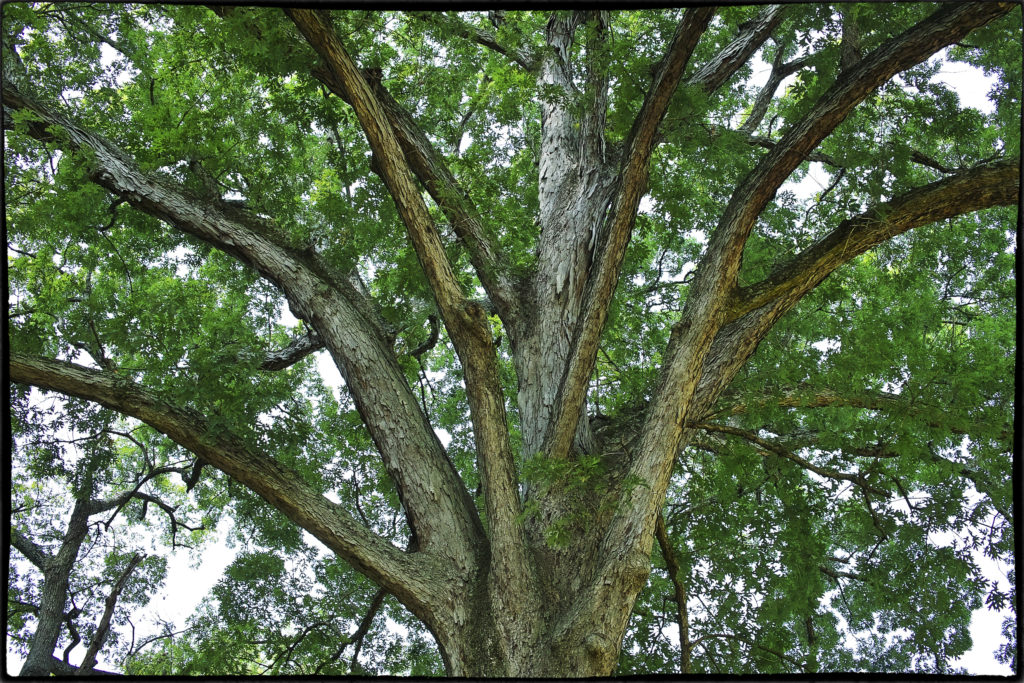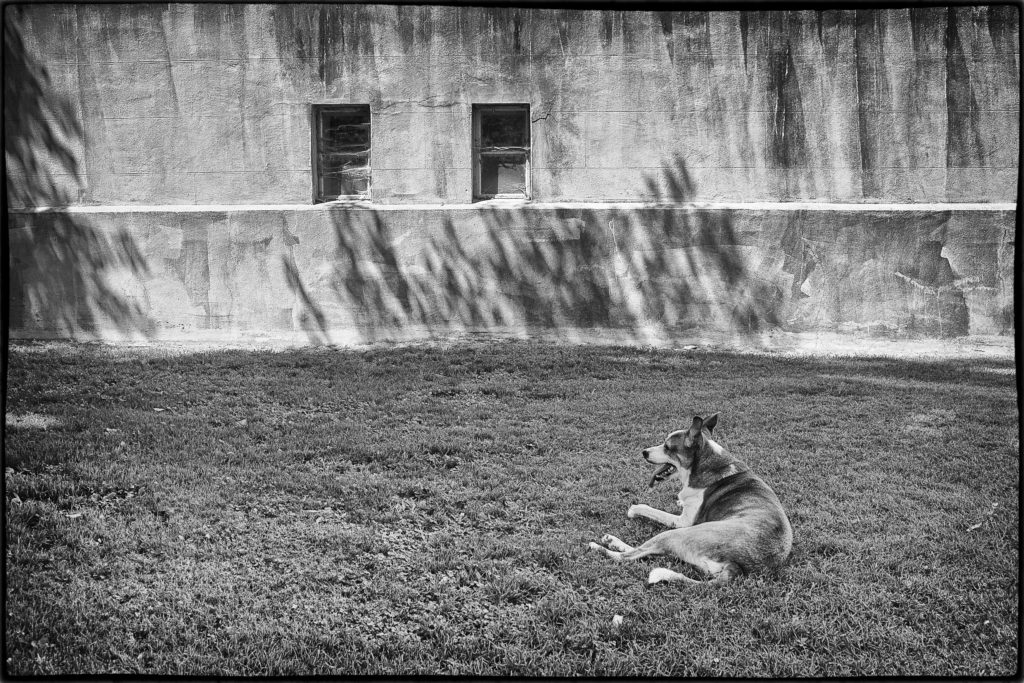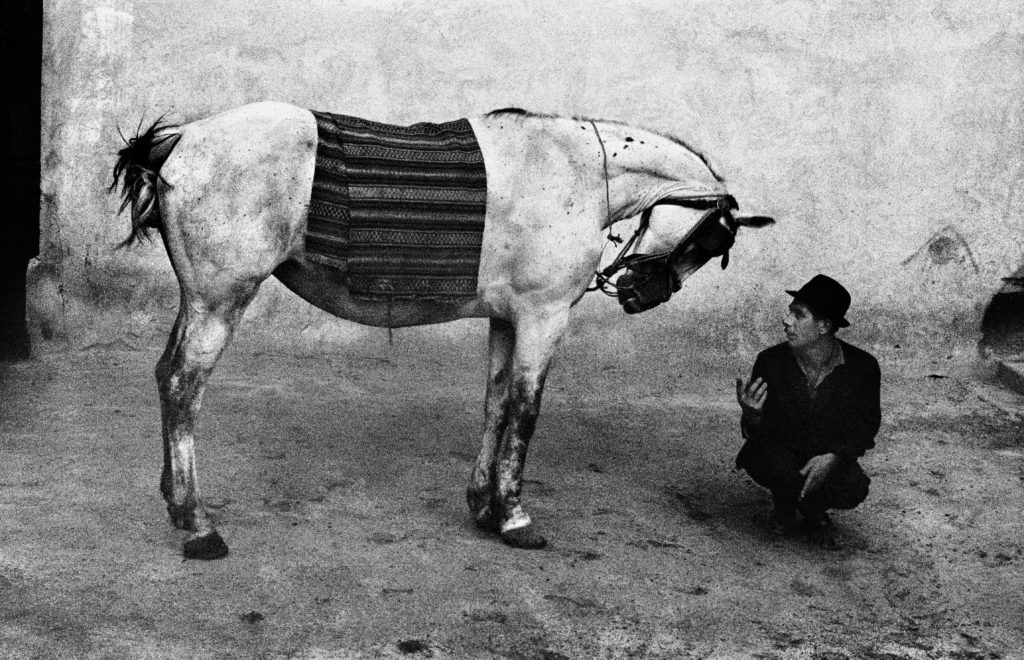
4.8 megapixels, from the SIGMA DP2x Foveon Sensor
I know. I know. I claim to despise the pixel-peeping insanity that passes for camera evaluation many other places. Nothing worse than 100% views of receding fenceposts or closeups of the family cat to critique a sensor’s “IQ” or “corners,” or, God forbid, an optic’s “bokeh.” It’s such a blinkered, limited understanding of photo tech and the priority it should be given in assessing the relative strengths and demerits of the photographic tool you chose. It’s the equivalent of judging the aesthetic value of a Redwood tree by examining its leaves as opposed to standing back and taking the larger view of the entire tree in context. The larger view is the instructive view, obviously, and will tell you why Redwoods are such incredibly amazing trees. Examining the leaf will…tell you about the leaf. And yet…here I am with another post about the intriguing quality of the images I’m getting from my latest photographic crush, the SIGMA Foveon sensor. Bear with me.
*************

2640×1760 (4.8 megs) DP2x, RAW conversion in SPP, tweaking in Lightroom
I’m currently reading (actually listening to on Audible) Range: Why Generalists Triumph in a Specialized World, written by David Epstein. It’s an interesting book, as far as books popularizing social science research can be, and I’m struck by a point he makes in refuting the currently popular notion that true excellence is only developed via long, intense, focused interest and practice in the specific skill you’re seeking to master (the “10,000 hour” rule, etc). He cites research into the various factors most likely to be seen in the education and development of exceptional musicians. The common denominator among them is not the early age at which they took up the instrument, the assistance of parents in facilitating opportunities for rigorous instruction, or the hours spent in learning that particular instrument as opposed to more generalized musical training but rather...did the musician like his instrument. Did he or she love the violin or piano or tuba or whatever; was there, early on, a bond that the nascent musician felt with the musical tool he’d chosen (or, too often, in the case of young children, that was chosen for them). That’s it. That’s what correlates most strongly with subsequent mastery of the instrument.

SIGMA DP2x, 2640×1760 (4.8 Megs) RAW @ 100 ISO, desaturated in SPP (Pretty Much What Came out of the Camera)
This is something we, as users of traditional Leica Barnack and M cameras, understand. It’s the importance of a felt, emotional connection with your creative tool, in our case, our camera. It matters. In theory, yes, you can be as exceptional an image maker using a Pentax K1000 as you can with a Leica M4. It’s just a light-tight box, right? But we all know it’s not that simple. Nothing is really “simple” when we seek to understand the resonances of our creative impulses, what nourishes them and what thwarts their expression. When we’re talking of creative expression necessarily mediated by tools – e.g. photography – emotional and psychological fit with that tool matters. A lot.

My Boy Buddy. DP2x, 100 iso, Raw conversion in SPP, tweaking in Silver Efex Pro
Of course, the more cynical (or stupid) among us will claim to be above such things. Don’t believe a word of it. They really don’t, and neither should you. A large part of what makes us avid enthusiasts is our interest in the tools themselves. Cameras are cool things from any number of perspectives – both their superficial and functional aesthetics of endless fascination apart from their technical specifications, but so too their tech specs, they being, at base, quantifications of qualities inherent in the camera’s output, and, when all is said and done, that’s what we all claim is important – the photograph.
*************

Sigma sd Quattro, 400 iso, Raw conversion in SPP, tweaking in Color Efex Pro – I Wouldn’t Have Taken This Photo With a Leica
So, that’s a long-winded way of saying the truth of the matter: the equipment you use matters. It matters because, in creative endeavors, the tools you use to accomplish your ends are themselves an extension of you. Your camera isn’t something set apart from your body and mind, something distinct from your creative act. It’s an integral part of the creative act, the necessary pre-condition of the act itself. As such, it needs to be something that’s functional…but also its use itself needs to appeal to our aesthetic sense. It’s that aesthetic component of use that initially drew many of us to photography, and certainly, it’s behind why many of us retain an emotional allegiance to our film Leicas.
In addition to being necessary, it’s formative in the sense that the photos you create will, to a certain extent, be conditioned by the strengths and weaknesses of your instrument. Leica cameras became famous because they were small and unobtrusive and could be carried places larger cameras couldn’t. It certainly wasn’t because they had better image quality. For that, a view camera or a Speed Graphic. Photographers early on understood and utilized the Leica’s strengths, creating new genres of documentary photography – war photography, street photography, candid personal documentary. Meanwhile, “Fine Art” photographers necessarily used large-format view cameras so they could print large with maximum detail and subtlety.
With the digital age, some of these use distinctions are breaking down. Technology has become so good. Amateur level digital cameras are capable of routinely producing film era medium format quality. Unfortunately, our understanding of what constitutes a competent photo also seems to have shifted, more now involving technical excellence than creative vision, and this is the area where gear mania becomes counterproductive, wherein the enjoyment of the tool subsumes the larger creative act itself. Too many photographers chase technical excellence without any understanding or concern with creative excellence, which are two distinct things. Hence, we’re now inundated with banal, technically excellent photographs that digital era photographers confuse with creative excellence. It’s the triumph of the superficial, where excellence comes easily, over against the subtle and profound and visionary, where excellence is rare and always hard-won. It’s the difference between Kenny G and John Coltrane.

Technically Excellent? Not Really. Creatively Excellent? Yes. A Work of Art.
The key, I think, is to match your creative vision to the correct instrument as opposed to allowing your equipment to drive your output. And that has created my current intellectual conundrum. Truth be told, I really like my little Foveon DP2x. I find it endlessly fascinating that a camera little more the size of my iPhone, that can be bought for $200, 4.8 effective megapixels no less, can create such stunning photographs, photos that aren’t merely about details but seem to have a solidity to them that can’t be described but is most definitely there. And so, I’ve been out and about with it, taking the sort of static views you see reproduced here, potential photos I’m only seeing now because of the type of camera I have in my hands. So, the question is: is the DP2x dictating my vision to me, or am I dictating my vision to it? Does it even matter?

Well, said he, scratching his head beneath the ‘phones.
I honestly can’t understand your enthusiasm. All those pictures seem to have a brightness, a contrast that’s too elevated for comfort – like your mid-tone have gone AWOL. This may be your intention, but I really think that pulls down very good images. Especially so the colour shot detail of the rust. Are you too in love with this chick to check her backstory, as it were?
On the general matter of camera/photographer/motivation/who-am-I-today, you have it right. I can offer at least two examples: one of my clients used to be the IWS (International Wool Secretariat) for whom I shot several British Vogue promotions. The first one was in Luxembourg and I already knew the model from earlier days, and had a reasonable idea of what to expect, and so the gig went on the Nikon F. Later, we did another shoot down in Torbay in the south of England with a wench I knew nothing about, and so my thinking was totally different and I shot that on Hassy 500C or CM. Why? Because I figured that if the new girl was carved from wood, at least I could get by on technique if not soul. I was justified, in the event. However, here’s the thing: the lady client said, during the 6×6 shoot: I like it better when you use the little camera because you leap about a lot more. Sheesh! You see the pro problems?
Anyway. I also did a studio gig with a singer called Margaret Savage who did a lot of British tv and theatre gigs. During the shoot (that felt good), she called me Jumping Jack Flash, a number the Stones had out around that time. I guess she, too, dug the off-tripod manner.
What did I think? The same as the women. The two cameras dictated/created an entirely different persona in my head. And with pix to match. The character of the cameras most certainly does determine the character of the photographer and of what he produces.
Thing is, they are like two different mistresses: you can love ’em both but you love your wife – photography, in this analogy – more than either. I hope.
Throw in a third mistress (camera) and the plot would unravel.
Rob
Now here’s a thought: regarding my comments on contrast and mid-tones, they were a judgemnent based on iPad viewing.
Looking at them right now on my monitor, the contrast is quite different.
Long live the wet, analogue, photographic print!
Nothing like a print, Rob. The problem I have is this: Epson makes great printers that produce stunning digital prints when operating properly. However, every Epson I’ve ever had has ended in the trash because of clogged heads. Fool me once, shame on you; fool me 4 times, I’m the idiot. So….I refuse to buy another Epson, or any pigment based inkjet printer, because unless you use them constantly they clog up. So I’ve now got a Canon Pixma 100, which is a dye based printer. Excellent color prints but B&W seems always to have a bluish caste in spite of using ICC profiles etc. I love a beautiful inkjet print when they’re done right – I have a few Piezo Prints from a Jon Cone Piezo setup on an old Epson 1280, and they are stunning. But, as a general rule I hate the shit you have to deal with to get a decent B&W inkjet print.
I’ve found that doing a nozzle check every couple of weeks when not in use – uses very little ink – completely eliminates the clogged head issue on Epson printers.
That said, here’s the permanent solution to Epson blocked heads.
https://www.youtube.com/watch?v=Bf6kOEtgQqE
Really, stick with the video until the end!
I take photos like that rusty metal close-up with my Leica all the time. I can appreciate the resolution and color advantages of the Foveon, but the details look a little ‘edgy’ to me. Perhaps I’m just so attuned to the fuzzy world of Bayer filters and film that real clarity makes me nervous.
I read a review of the SD Quattro that echoes your experience. It immediately struck me as an ‘interesting’ camera, but I’m not quite ready to take on another digital camera infrastructure of batteries, chargers and RAW file conversion. Maybe when I finally sell my business and retire.
It’s very difficult to come to any sort of conclusion about specific image qualities by viewing a small processed jpg. They are all nice enough images, neither too bright nor too contrasty, at least when viewed on my calibrated monitor.
The Koudelka is a belter!
Yes, that’s the problem with digital. Image quality is dependent on the viewer’s monitor, which makes it impossible to produce one objective version capable of sharing
As I have mentioned in the past, I found that I got very good b/whites out of the HP B 9180 printer, that handled up to A3 +.
I used Hahnemuehle papers, one of the matt versions with added brightener, and when behind glass, or in a crystal archival sleeve, the prints looked very good indeed. Not the same as my traditional WSG prints (always glazed) but pretty good in their difference, nonetheless. I tried to make digital glossies but they bronzed. So I left the glossy paper to the checks.
Then, HP abandoned it and I now have a lovely desk stabilizer that is too heavy for me to remove by myself and take to the printer cemetery. Whooda thunk; a great machine just dropped. Glitches with it? You had to power it 24/24 and it did a cleaner run every day. Ink was more expensive than perfume, ml for ml. It never clogged.
Basically, wet printing was a better experience to me, and I enjoyed doing it. Now, I print nothing. Which is kinda sad, because I know I was good. Chicken or egg, I hardly shoot anymore either, these days. It all seems pointless now.
Rob